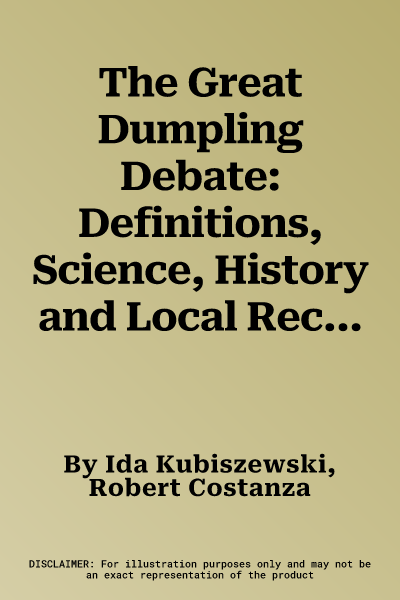Everyone loves dumplings, but what exactly is a dumpling? Must they be
stuffed? Do they have to be boiled or can they be baked, like Cornish
pasties? Can the dough be bread-like with yeast or does it need to be
more like pasta dough? How big or small can they be? Is a clootie
dumpling even a dumpling? Can they be sweet or do they have to be
savoury? So many questions and so much opportunity for long debates over
drinks (and dumplings).This book explores these and other questions.
We've created and analysed a dumpling database, including over 200
dumplings from 70 countries, each classified into six dimensions of
dumplingness (dough, cooking method, flavour [savoury or sweet],
stuffing, shape, and size). We also provide a bit of history with a
cultural and geographical context.But what's a book about dumplings
without recipes? Our dumpling recipes will come not just from one region
or in one dimension, but will cover the global spectrum of dumplings. We
have collected local family recipes from people that have been making
these dumplings for decades. While traveling the world, we have made
friends everywhere. We ask those friends (or more often their moms) to
share their family recipes. For example, in addition to some of the
classics, some of the interesting but lesser known recipes we have are:
the Taameya (fava bean dumpling) from Egypt by Hala Gado, the Havaadhu
Li Bis dumpling from the Maldives by Nafeesa Yoosuf, the Semmelknödel
from Germany by Maria Schwartz, the Raspeball dumpling from Norway by
Ingrid Øistad, the Topai dumpling from Tonga by Anne-Marie Mafoa'aeata,
and many more.

